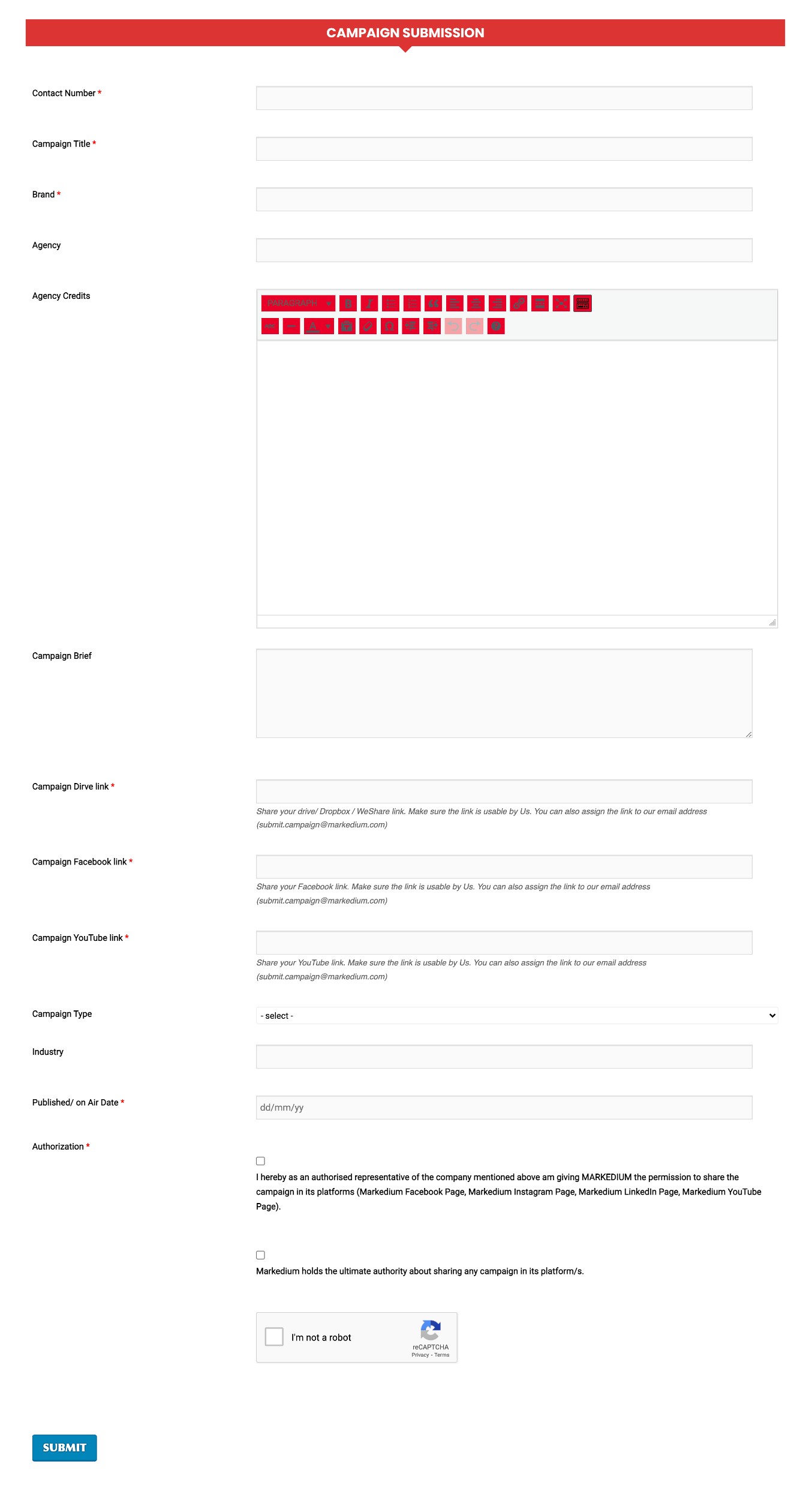
Bangladesh Holds 2nd Spot in RMG Exports2 min read
According to the latest data from the World Trade Organization (WTO), Bangladesh has successfully maintained its position as the world’s second-largest exporter of readymade garments (RMG) in the global market for the past year. The WTO’s recently published report, “World Trade Statistics 2023: Key Insights and Trends,” reveals that Bangladesh’s RMG exports were valued at $38 billion in 2023. This figure represents a 15.55% decrease from the $45 billion recorded in 2022.
Additionally, the country’s share of global RMG exports fell to 7.4% in 2023 from 7.9% in the previous year. This is a notable shift from 2021, when Bangladesh held a 6.4% share, which saw a significant increase in 2022. Despite these figures, data from Bangladesh’s Export Promotion Bureau (EPB) reports a different number, stating that the country exported RMG goods worth $47.39 billion in 2023. This discrepancy, amounting to approximately $9 billion, highlights inconsistencies between the EPB and WTO data, as well as data reported by the Bangladesh Bank.
In the global RMG export market, China continues to dominate as the largest exporter with a 31.6% market share, exporting $165 billion worth of RMG products in 2023. Vietnam, a key competitor for Bangladesh, ranked third with a 6% market share and $31 billion in RMG exports. Turkiye and India followed, with Turkiye exporting $19 billion worth of apparel (3.6% market share) and India exporting $15 billion (3% market share).
On the import side, the European Union emerged as the largest importer of RMG goods, holding a 35.8% share of the global market and importing apparel worth $203 billion. The USA was the second-largest importer with a 15.7% share, importing $89 billion worth of RMG products in 2023. Other significant importers included Japan ($26 billion, 4.5% share), the UK ($21 billion, 3.8% share), and South Korea ($13 billion, 2.3% share).
The WTO report also highlighted broader trends in merchandise trade. In 2023, high energy prices and inflation continued to impact demand for energy-intensive manufactured goods, leading to a 1.2% decline in world merchandise trade volume, following a 3.0% expansion in 2022. Trade contracted by 5% in value terms due to reduced volumes, lower primary commodity prices, and exchange rate fluctuations, though the value of merchandise trade remained 25% above 2019 levels.
Global trade in goods and commercial services fell by an average of 2% to $30.5 trillion on a balance of payments basis in 2023. Goods trade declined by 5%, while services trade increased by 9%, resulting in a decrease in the share of goods in global trade from 77.8% in 2022 to 75.3% in 2023, and an increase in the share of services from 22.2% to 24.7%. This shift mirrors trends observed in 2019, four years after the onset of the COVID-19 pandemic and its significant impact on global trade.
For more updates, follow Markedium.


